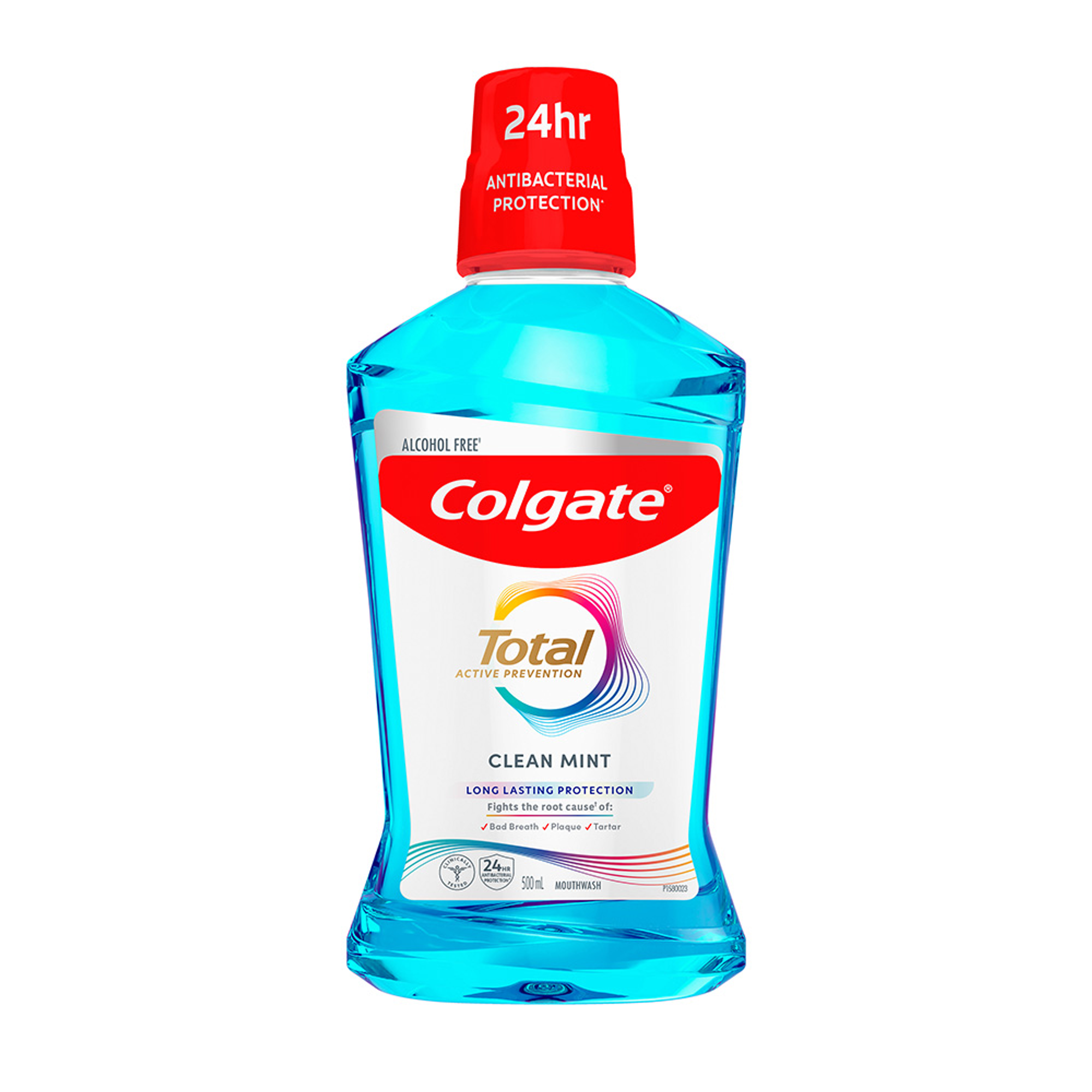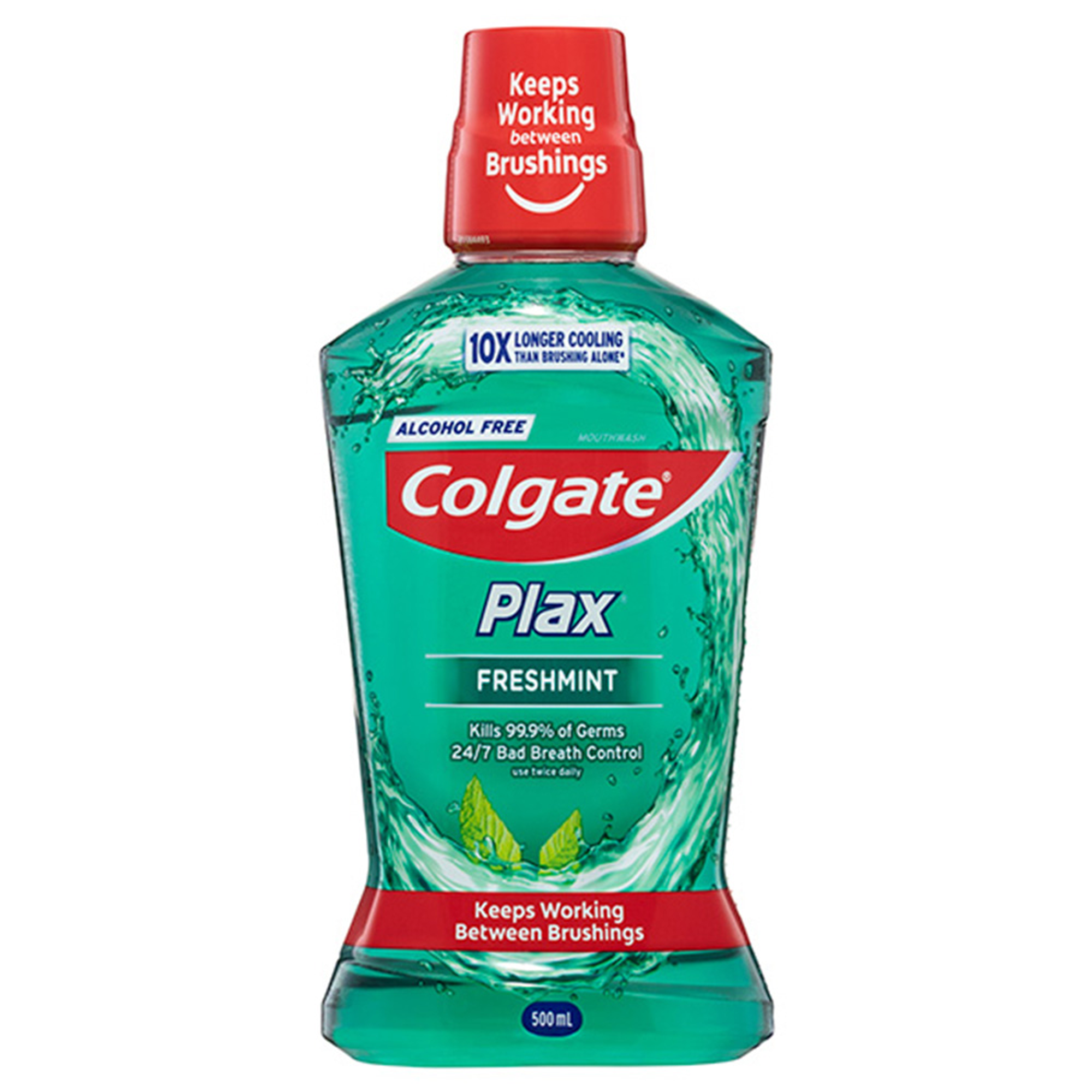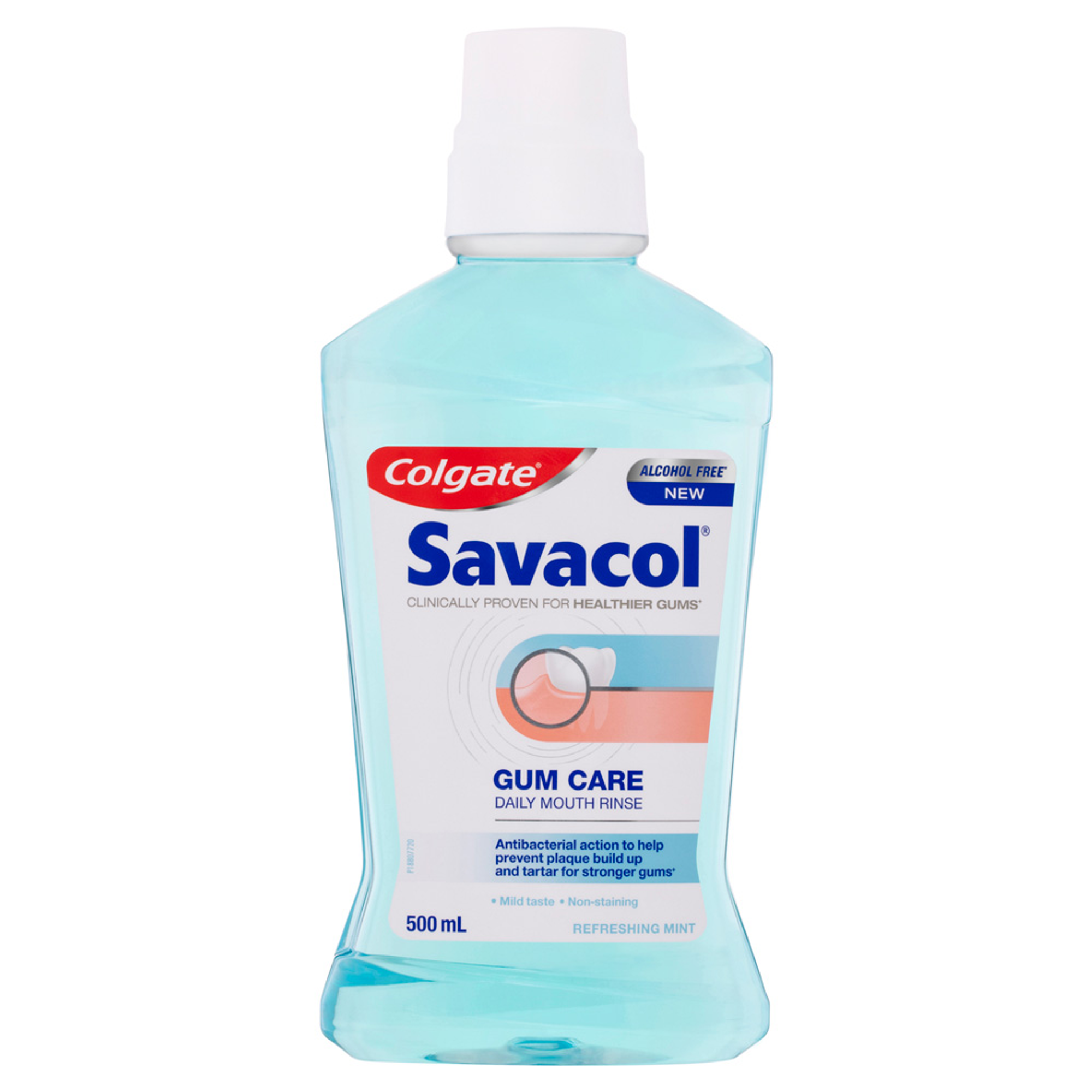
Introduction
What does Generative Artificial Intelligence (AI) in dental practice look like to you? Do you view it as the stuff of science fiction, a passing fad, or something that is here to stay? Are robots going to take over the world (and our jobs), or are we going to work synchronously with the ‘intelligence’ we create? Let’s take a look at some possibilities worth considering for your daily practice in the near distant future.
In daily practice, our clinical decision-making often requires the performance of repetitive tasks that have potential for automation [1]. Practice makes perfect, and the more times we repeat the tasks, the more ‘data’ we can gather to train ourselves, or in this case, another mind. Imagine accessing a collective mind, a neural network, created using data from electronic dental records [2] that predicts and processes information like a human brain to solve problems and aid clinical decision-making [3].
In the future, we will use AI-assisted tools to improve clinical diagnoses, plan treatment and improve patient outcomes [4]. AI-enhanced image analysis software will detect and predict the progress of pathological manifestations for oral cancer [5], caries and endodontic lesions, tooth wear and periodontal disease[6,7], to name a few. You will use AI-enhanced tools to plan surgeries that minimise risk and improves robotic surgery capabilities to optimise patient outcomes [3]. Robotic process automation models, commonly known as chatbots will improve administrative efficiency by automating tasks such as scheduling, billing and marketing to increase accessibility and improve patient experience [2,4]. The possibilities are seemingly endless.
But will wide-spread AI adoption cost us our jobs?
According to Shrier (2024) [8], we will see careers change similar to what we experienced during the Industrial Revolution when we transitioned from hand-made to machine-built goods. In the AI revolution, jobs that involve repetitive tasks are likely to be replaced more readily. But let’s not forget that emerging technologies also create new jobs and roles that were never in existence prior to their inception. According to Shrier (2024) [8], jobs that require human contact such as those dental practitioners and other healthcare workers do will remain a stable necessity in an AI-driven world. So that’s a relief.
How do we manage patient data used to create models?
What are the implications of using patient data to create predictive algorithms that drive AI-enhanced tools? At present, studies that compare specific models of dental applications only measure diagnostic accuracy within the model, rather than against our standard of care [9]. Thus, these models are likely to be considered more ‘probabilistic’ or predictive, rather than diagnostic when used independently [2]. To meet or exceed our current standard of care, AI predictive models should compare performance between AI-aided and unaided experienced practitioners [9]. Furthermore, most data used to ‘train’ current AI models are too small to adapt to broader populations, and the models tested do not factor clinicians in the mix [9]. That is, we need larger pools of data to reduce chances of bias and improve accuracy to enhance clinician decision-making [10].
Predictions and ethics in healthcare
However, gathering and storing larger pools of data risks ethical mishaps that include implications of using ‘probabilistic’ algorithms to predict patient outcomes [2]. As we increasingly adapt AI-models into healthcare, there is a call for dental practitioners, patients and stakeholders to commit to develop and work within frameworks that promote ethical and moral AI model development and application [11]. For instance, the US Food and Drug Administration will regulate AI-enhanced clinical decision-making algorithms as medical devices that require approval for use in healthcare settings [2].
And remember, no matter what tools we have in our box, the decision and ultimate responsibility to intervene (or not to) lies solidly on the dental practitioner delivering the treatment. And that means you. Your patient, or even worse, a disciplinary board, is unlikely to take ‘the computer made me do it’ as an excuse for not exercising your ability to make sound clinical judgments in an ever evolving field.
So how should we embrace the inevitable? The same way we adapted to other digital technologies. First study the technologies to understand their capacity, understand your own strengths and limitations, and adapt the technologies as a tool to enhance your clinical decision-making and treatments, rather than to replace them.
And finally, let’s embrace AI in all its wonder; Let’s commit to co-creating an ethical and morally bound AI revolution in dental practice to improve our clinical outcomes and enhance our patient care. And remember, you are the driver.
Bernauer SA, Zitzmann NU, Joda T. The Use and Performance of Artificial Intelligence in Prosthodontics: A Systematic Review. Sensors (Basel). 2021;21. 10.3390/s21196628
Wright JT. Artificial intelligence and the reshaping of oral health care. J Am Dent Assoc. 2023;154:957-8. 10.1016/j.adaj.2023.09.001
Ossowska A, Kusiak A, Świetlik D. Artificial Intelligence in Dentistry-Narrative Review. Int J Environ Res Public Health. 2022;19. 10.3390/ijerph19063449
Samaranayake L. IDJ Pioneers Efforts to Reframe Dental Health Care Through Artificial Intelligence (AI). Int Dent J. 2024;74:177-8. 10.1016/j.identj.2024.03.006
Al-Rawi N, Sultan A, Rajai B, Shuaeeb H, Alnajjar M, Alketbi M, et al. The Effectiveness of Artificial Intelligence in Detection of Oral Cancer. Int Dent J. 2022;72:436-47. 10.1016/j.identj.2022.03.001
Talal B, Wafaa Al N, Khaled O, Yara M, Hatem ME-D. Contemporary Role and Applications of Artificial Intelligence in Dentistry. F1000Research. 2023. 10.12688/f1000research.140204.1
Bonny T, Al Nassan W, Obaideen K, Al Mallahi MN, Mohammad Y, El-Damanhoury HM. Contemporary Role and Applications of Artificial Intelligence in Dentistry. F1000Res. 2023;12:1179. 10.12688/f1000research.140204.1
Shrier D. Basic AI: A human guide to artificial intelligence. 2nd ed. Great Britain: Robinson; 2024.
Schwendicke F, Büttner M. Artificial intelligence: advances and pitfalls. Br Dent J. 2023;234:749-50. 10.1038/s41415-023-5855-0
Schwendicke F, Samek W, Krois J. Artificial Intelligence in Dentistry: Chances and Challenges. J Dent Res. 2020;99:769-74. 10.1177/0022034520915714
Rokhshad R, Ducret M, Chaurasia A, Karteva T, Radenkovic M, Roganovic J, et al. Ethical considerations on artificial intelligence in dentistry: A framework and checklist. J Dent. 2023;135:104593. 10.1016/j.jdent.2023.104593
Dr Arosha Weerakoon is the owner of Tewantin Family Dental. She is also a lecturer (hon) with a Master’s in Public Health and a PhD from the School of Dentistry, University of Queensland. Arosha’s PhD thesis is titled, ‘Dentine, Adhesive Interfaces & Physiological Ageing’. She is a Fellow of the Royal Australasian College of Dental Surgeons, the International College of Dentists and the Pierre Fouchard Academy. Arosha is the Assistant Secretary for the International Dental Ethics and Law Society and a member of the Clinical Council for Country to Coast, Queensland. In recognition of her commitment to professional learning and development, Arosha was awarded the 2022 BOQ Specialist Practice Bursary for Dental Excellence from the Australian Dental Association (QLD). In 2019, Arosha was awarded the Brisbane Lord Mayor’s Convention Trailblazer Grant. In the same year, Arosha won the top prize, The Vice Chancellor’s Award, for her research pitch titled, ‘It’s about bonding with fillings’ hosted by Universities Australia. As part of her prize, Arosha completed an internship at The Conversation Media Group Headquarters in Melbourne. To date, she has published eight articles promoting oral health with The Conversation Media Group. Arosha believes that community engagement, interdisciplinary collaboration and patient empowerment is the key to improving oral and general health for all. She hopes to use her role as a Colgate Advocate for Oral Health to create meaningful discussions with oral and general health professionals to improve health practices, patient outcomes and to encourage more clinicians to engage with research.
Dr Arosha Weerakoon Social Channels:
Join us
Get resources, products and helpful information to give your patients a healthier future.
Join us
Get resources, products and helpful information to give your patients a healthier future.











